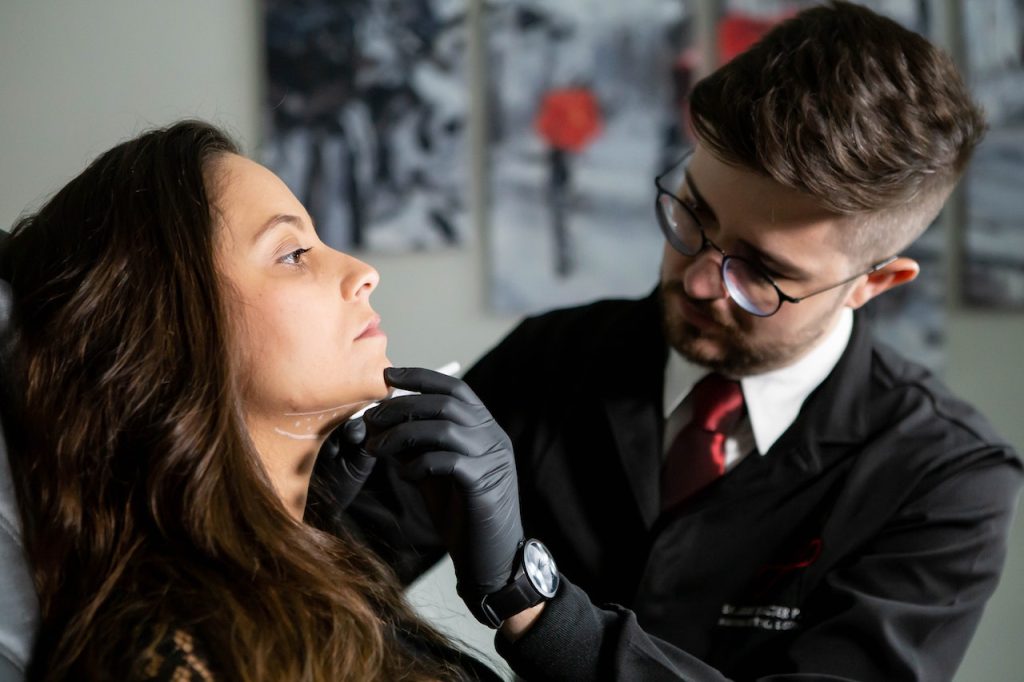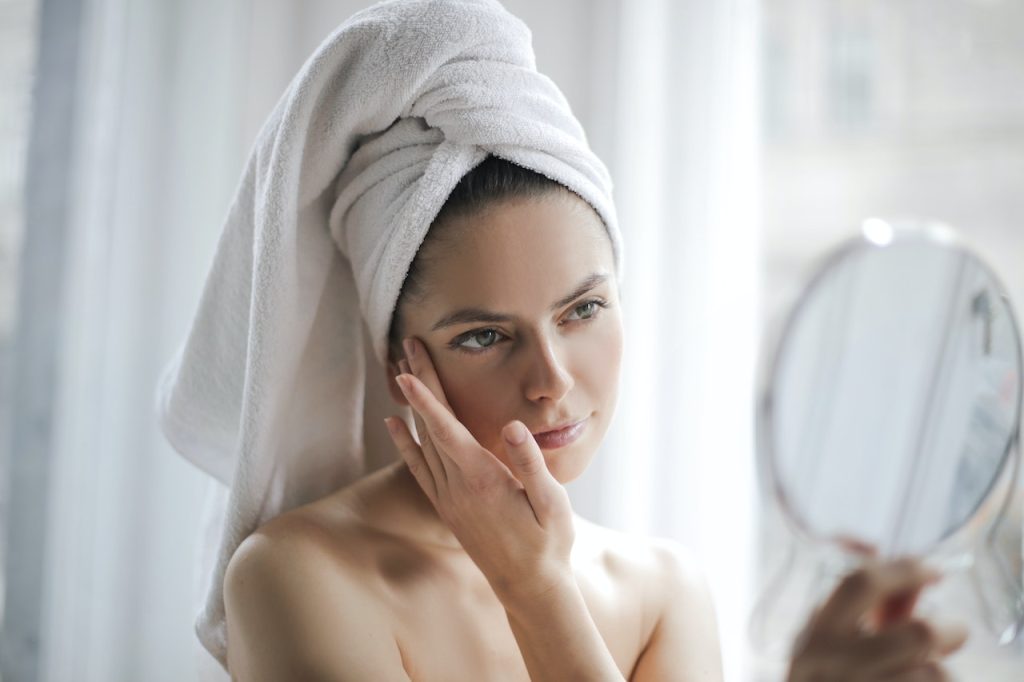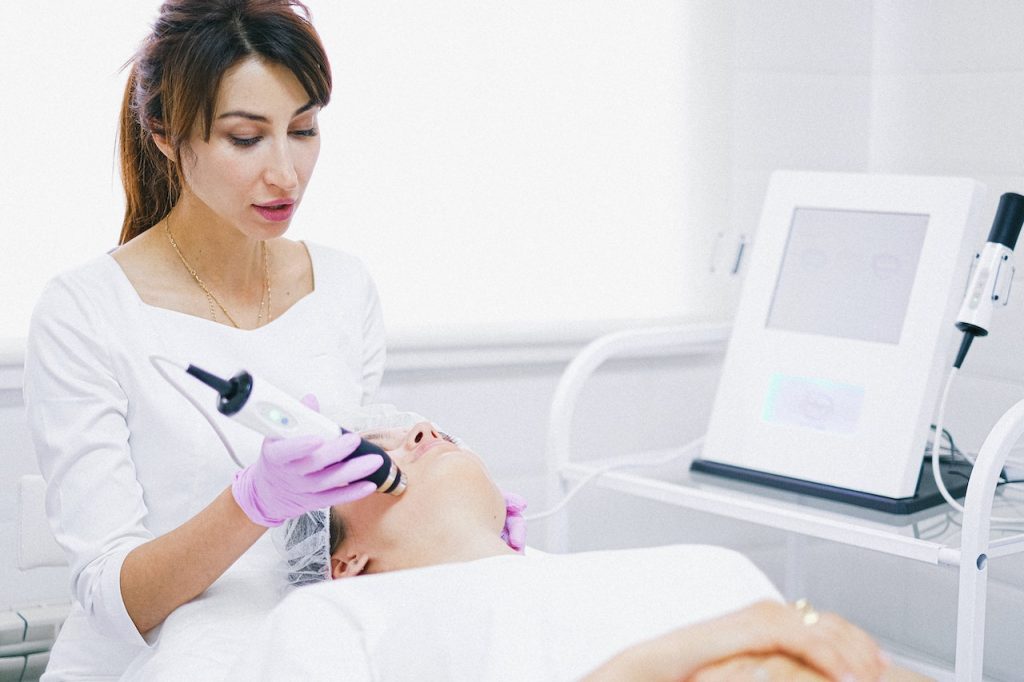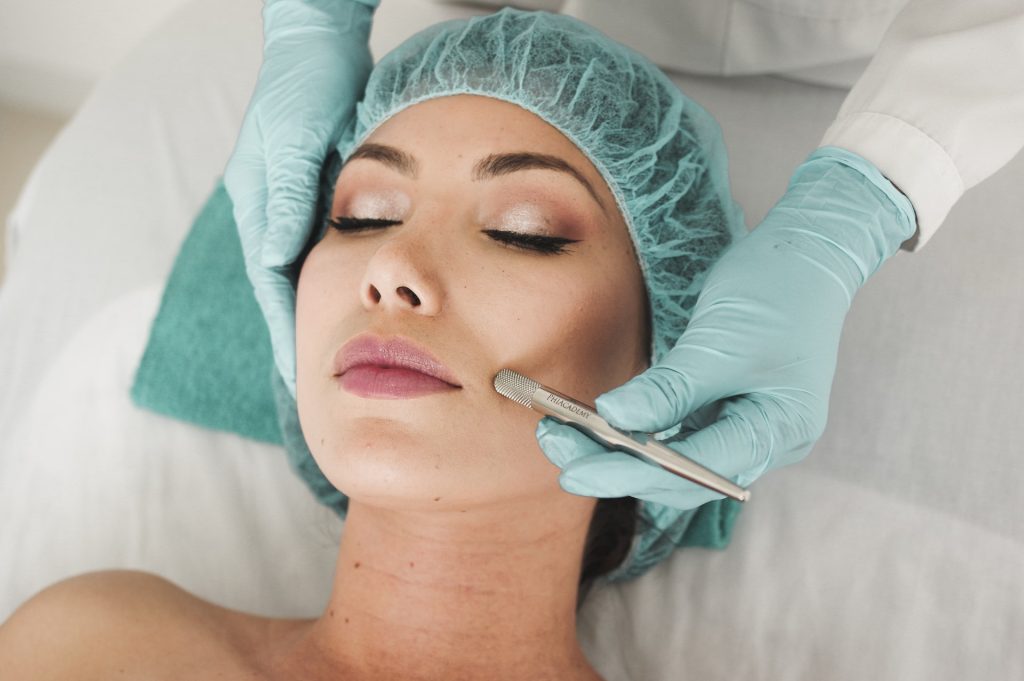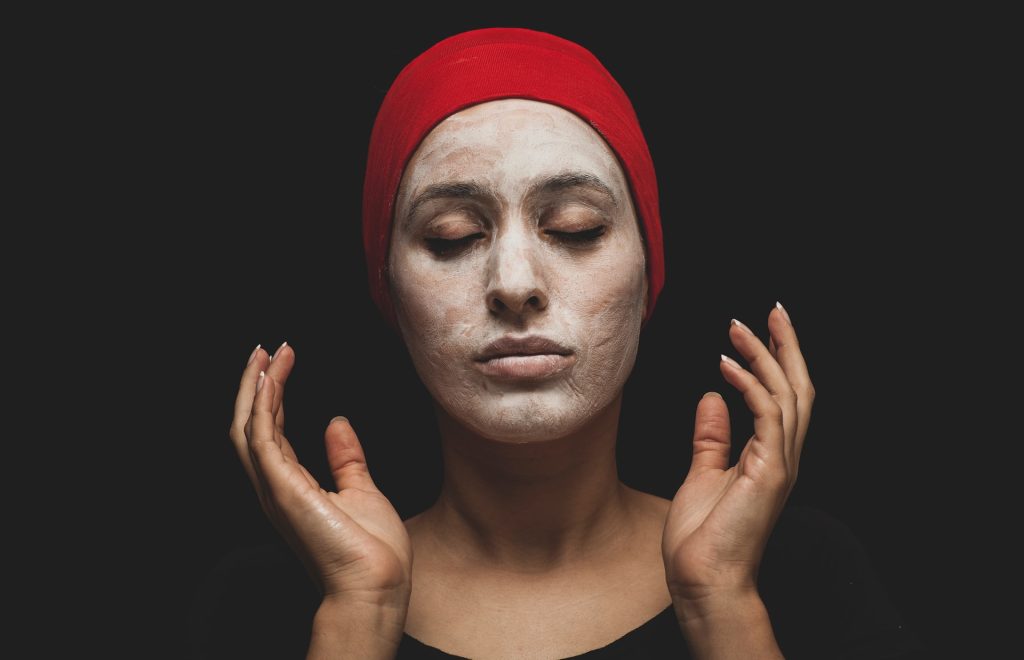If you are interested in becoming a prescriber, you will need to take several steps to achieve this goal. First, a prescriber is legally authorised to prescribe medications and treatments. In the case of aesthetics, it could include Botox, dermal fillers, and other cosmetic procedures.
Here are some of the steps you can take to become a prescriber of aesthetic treatments:

Get The Right Qualifications.
The first step to becoming a prescriber is to get the right qualifications. This typically involves completing a medical or nursing degree and additional aesthetic training.
Several courses can provide you with the necessary knowledge and skills. In addition, choosing a system accredited and recognised by the appropriate regulatory bodies is essential.
Gain Experience As A Prescriber
Once you have completed the qualifications, gaining practical experience prescribing aesthetic treatments is essential. This can involve working with an experienced prescriber or in a clinic or hospital setting where you can gain experience in prescribing various therapies.
Apply For A Prescribing License.
You must apply for a prescribing license to prescribe medications and treatments legally. This typically involves completing an application process and passing an examination. The exact requirements for a prescribing permit will depend on the country or state where you are practising.
Join A Professional Association
Joining a professional association can be a valuable way to gain support, resources, and networking opportunities as a prescriber of aesthetic treatments.
Professional associations, such as the British Association of Cosmetic Nurses (BACN) and the American Society for Aesthetic Plastic Surgery (ASAPS), are dedicated to the aesthetics industry.
These organisations can provide you with access to educational resources, industry news and updates, and other valuable information.
Keep Up To Date With The Latest Developments
The aesthetics industry constantly evolves, with new treatments, techniques, and products emerging. As a prescriber of aesthetic treatments, it is essential to keep up to date with the latest developments in the industry.
This can involve attending industry events, reading industry publications, and staying informed about new research and products in the field.
Build Your Professional Reputation
Building a solid professional reputation is essential to becoming a successful prescriber of aesthetic treatments.
This can involve developing a solid online presence, building relationships with patients and other professionals in the industry, and providing high-quality care and treatment to your patients.
Word of mouth can be a powerful tool in building your reputation, so providing an excellent experience to every patient is essential.
Follow Ethical Guidelines
Prescribing aesthetic treatments comes with a responsibility to follow ethical guidelines and ensure that patient safety is always the top priority. Therefore, it is essential to follow best practice guidelines and to be transparent and honest with your patients about the risks and benefits of any treatment or procedure.
You should also be fully informed about any potential side effects or complications associated with any treatment you prescribe.

Become A Prescriber Now!
Becoming a prescriber of aesthetic treatments requires education, experience, and ongoing professional development. Following the steps outlined above, you can develop the necessary skills and knowledge to provide safe and effective treatments to your patients and build a successful career in the aesthetics industry.
You can get training from Kanvas Training Academy to enhance your skills. If you already are a medical practitioner, you can download the faces app to grow your aesthetics business. The faces app is a convenient way to manage your aesthetics services.





